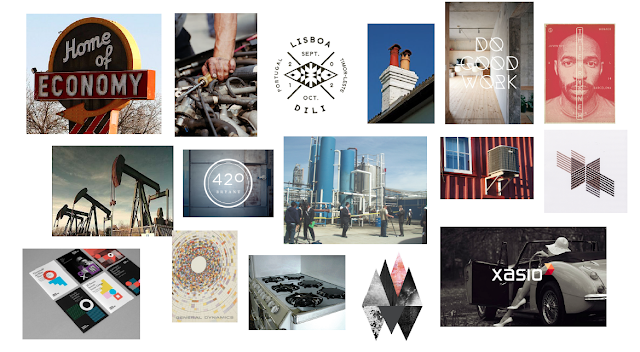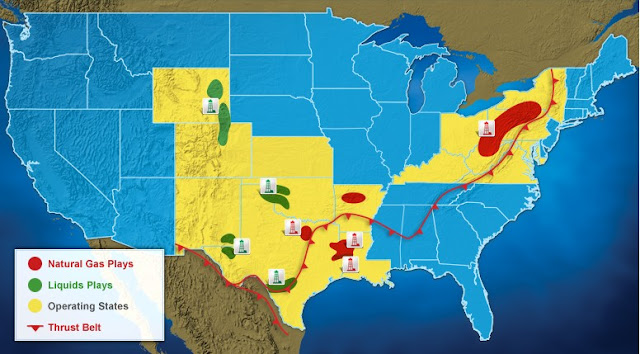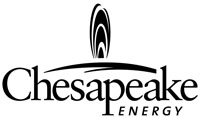MOOD BOARD #1 RESEARCH
History: Chesapeake was founded in 1989 with only a $50,000 initial investment in South-Central Oklahoma. To date, they have established production on approximately 6.6 million net acres, securing its position as the second-largest producer of natural gas, a top 15 producer of oil and natural gas liquids and the most active driller of new wells in the US.
Mission: The company provides clean, all-American, affordable, abundant natural gas.
Key Audiences: Most US homes have access to a source of natural gas from one of Chesapeake's local distribution companies. Residential uses include stove cooktops, dryers, and home heating. Commercial uses include heating and cooling offices, schools and hospitals. Industrial uses include preheating metals, glass melting and food processing. Power generation includes operation of gas turbines to create electricity. Transportation fuel includes transit buses, trucks, vans and passenger cars.
Competition: 1. Exxon Mobil (red, white & blue, bold, loud, global) 2. Anakardo (blue, cool, sleek, historical, geographical) 3. Devon Energy (red & black & grey, scientific, innovative, precise) 4. BP (green, earth-friendly, economic, innovative) 5. Encana: blue & green, similar to Chesapeake, ameteur)
Current Identity: It is apparent that besides their logotype, Chesapeake is completely lacking in identity, besides an old B&W logotype. It seems that their current identity and brand has been around since it was formed. Their lack of identity is consistent across the board and makes them weak in comparison to biggest competitor, Exxon Mobil.
STRATEGIC RECCOMENDATIONS:
Vision: Be the solution, substitute for expensive, foreign oil and dirty coal.
Values: Provide clean, all-American, affordable, abundant natural gas.
Mission: Continue leading the industry with the latest technological and geographical advancements.
Target Market: Support the American consumer in all residential, commercial and industrial uses.
Services: Stove cooktops, dryers and home heating, heating and cooling offices, schools and hospitals, preheating metals, glass melting and food processing, operation of gas turbines to create electricity, transit buses, trucks, vans and passenger cars.
Competition: Differentiate by providing a quality product.
Pricing: Offering quality, affordable gas in relation to cheap, expensive oils.
Distribution: Availability through local distribution companies to those who care about quality and efficiency.
Environment: Environmentally friendly with a pledge to improve the country through proper use of natural energy.
Threats: Other large competitors with better branding and marketing.
Core Values: efficiency and quality
Brand Strategy: Clean identity representational of its clean, eco-friendly product
Differentiation: Unique and innovative identity
Key Messages: Natural gases are abundant and can help improve the country by substituting expensive oils and dirty coals.
Unified Concept: Chesapeake cares about those who care.
The Big Idea: Creating the perception and giving the identity and brand of a high-quality, eco-friendly gas company that provides abundant, clean and affordable natural gas product to consumers nationwide.





























